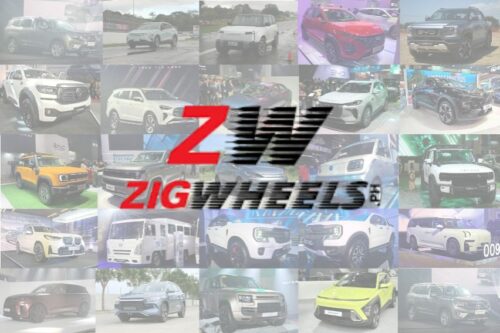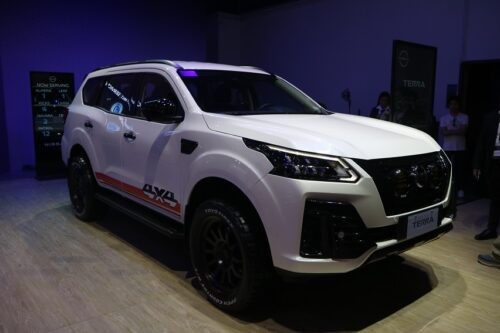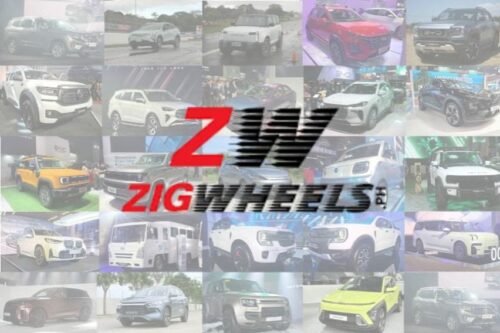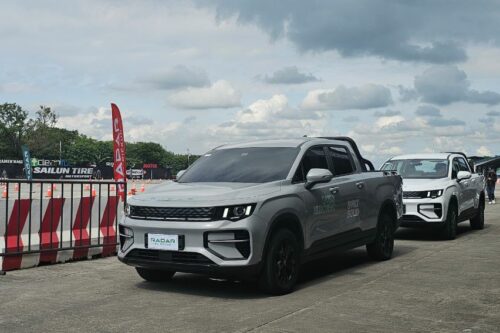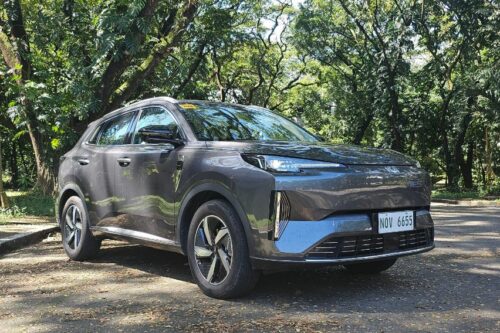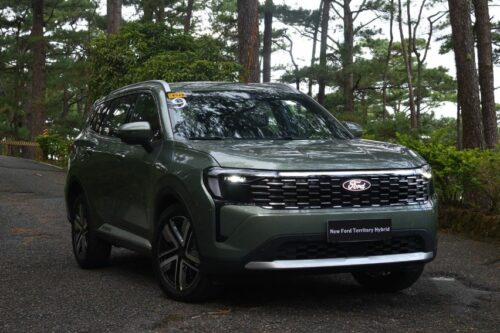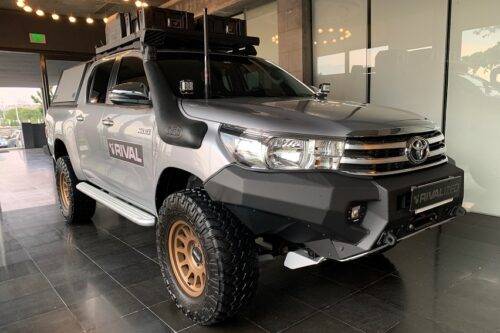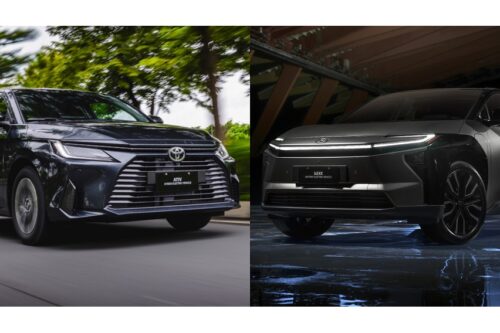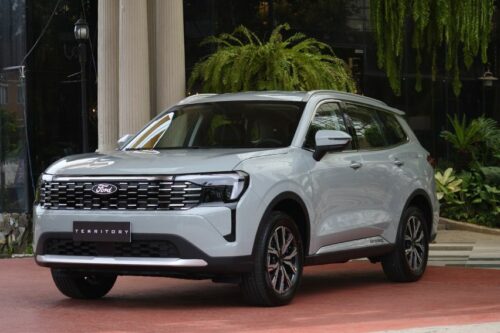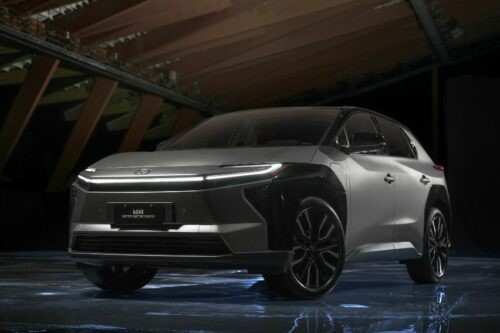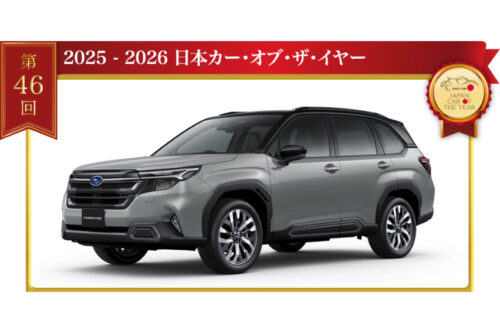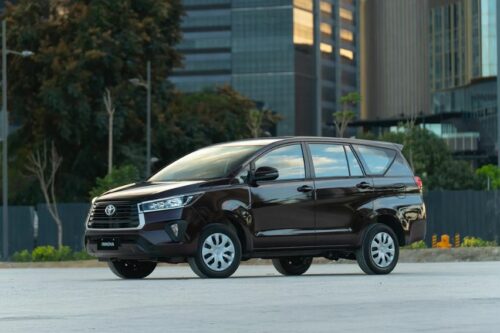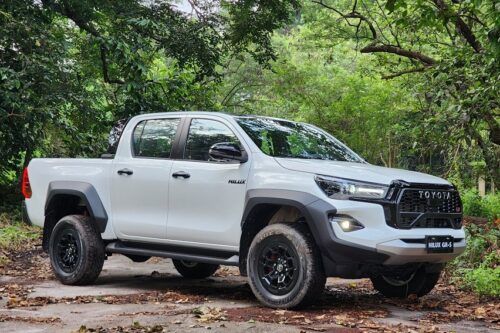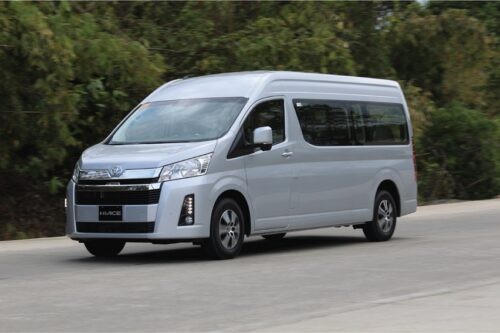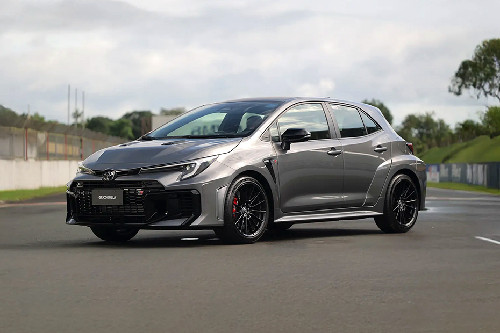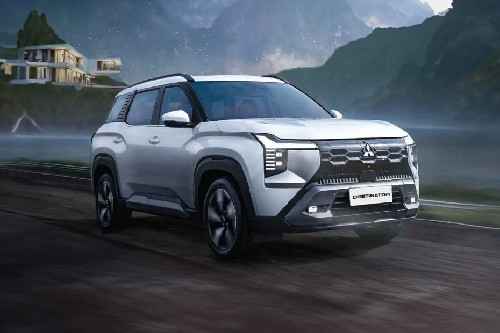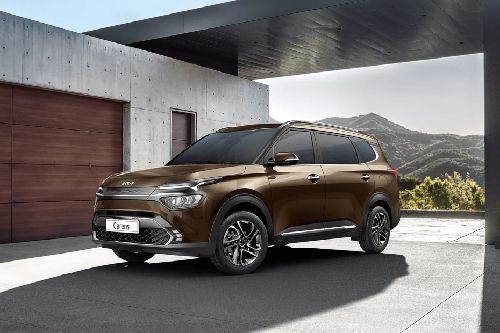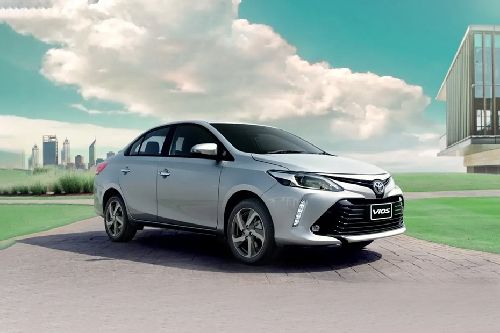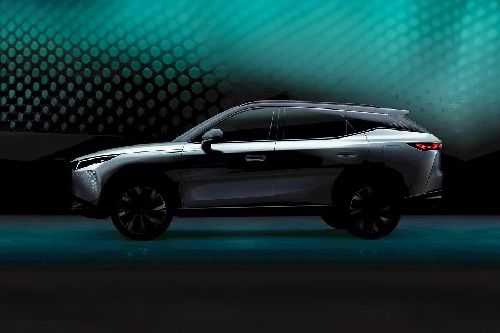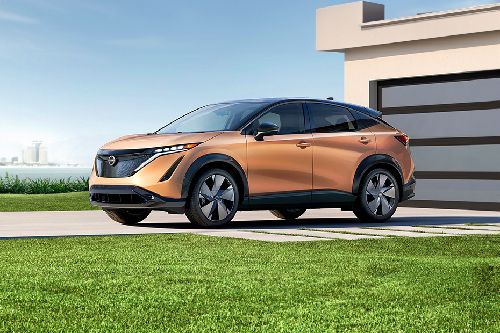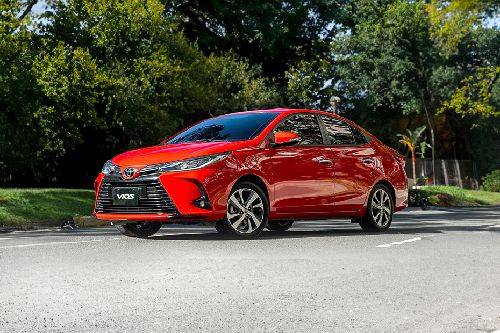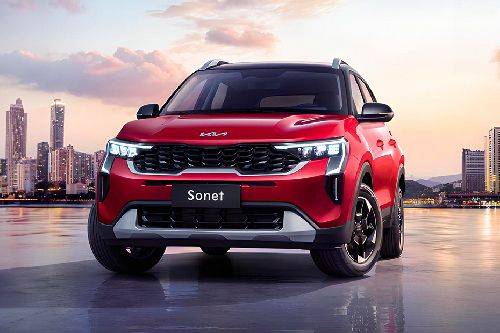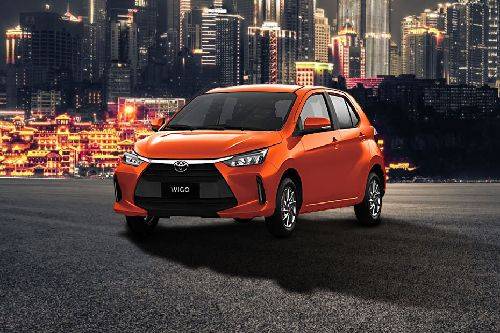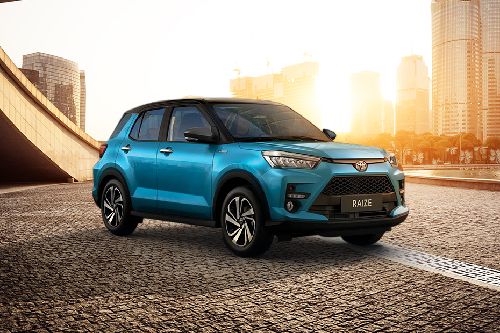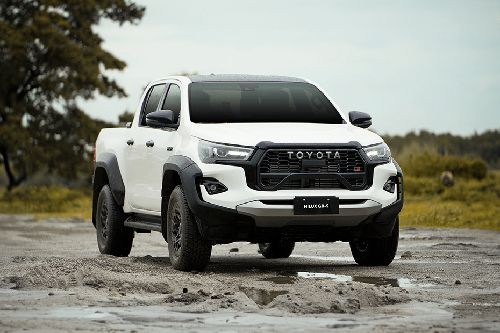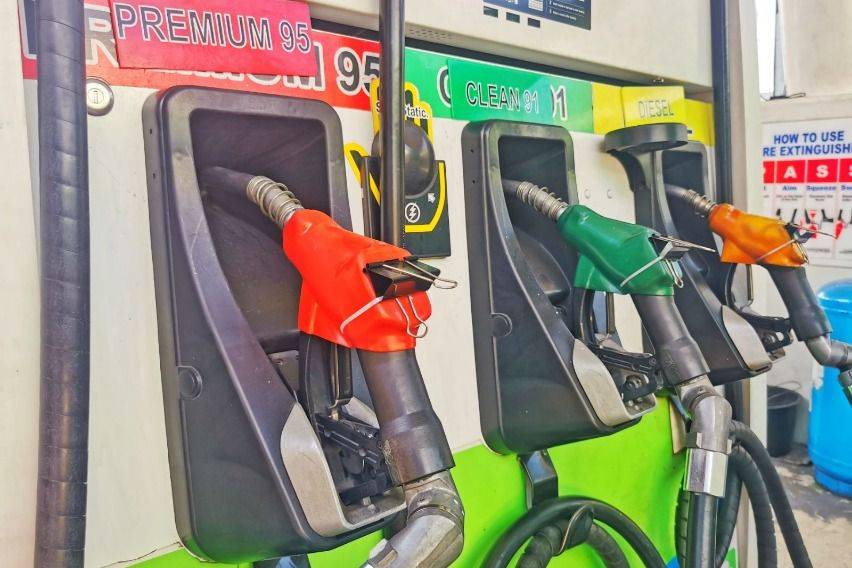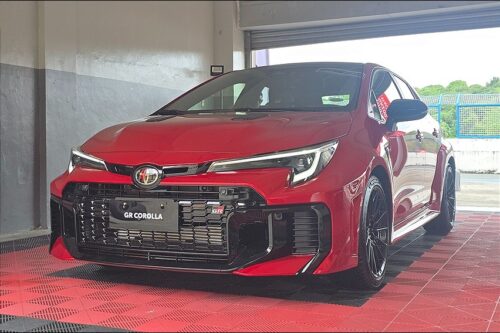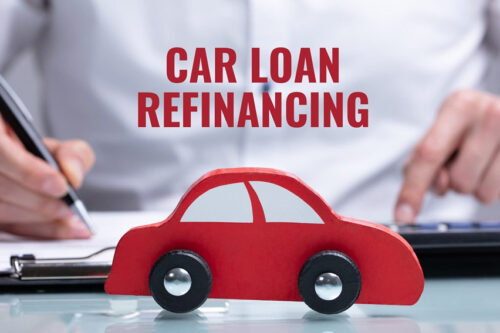Sustainability in motion: eco-friendly car parts
Outside the electric powertrain, sustainability can also be achieved through the use of eco-friendly components

Nowadays, sustainability is a term we often hear and read about in the automotive industry.
KEY TAKEAWAYS
Which car brands use eco-friendly parts in their vehicles?
Some car brands that use earth-friendly components include Nissan, Volvo, and Audi.Which car in the country uses Nordico material?
The Audi EX30 is sold with Nordico upholstery.While most new models are made more eco-friendly through the implementation of emissions-free systems like hybrid and all-electric powertrains, sustainability can also be achieved by outfitting a vehicle with components that have less negative impact on the environment.
The current trend has seen many carmakers apply changes to their production process and incorporate the use of environmentally friendly materials, from headlight to tailpipe. On that note (and to celebrate World Environment Day, which is observed every June 5), we take a quick look at some eco-friendly parts used by major car brands.
Green steel
When discussing eco-friendly car parts, it’s fitting to start from the base, which acts as the skeleton of the automobile — the chassis.
Nissan, as an example, stated earlier this year that it will expand the use of low-carbon dioxide (CO2)-emission steel in Japan.
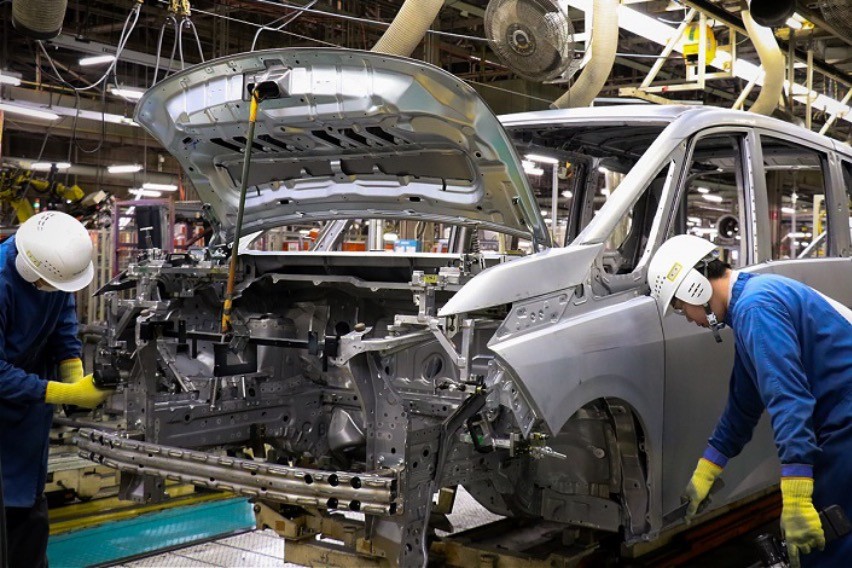 Photo from Nissan
Photo from NissanPer the Japanese carmaker, steel parts account for approximately 60 percent of the vehicle’s weight. That said, replacing traditional steel with green steel will significantly contribute to reducing a car’s emission footprint.
Nissan explained that in building cars, a significant part of the CO2 emissions comes from the process of reducing iron ore in blast furnaces. By switching to green steel, these harmful byproducts can be greatly reduced.
Green steel is made using low-carbon-reduced iron or by using electric arc furnaces instead of blast furnaces to process the metal.
And while we’re on the topic of low-carbon materials, Audi — sometime in 2022 — equipped the Q4 e-tron and the Q4 e-tron Sportback with wheels made from recycled alloys.
 Photo from Audi
Photo from AudiAccording to the German auto brand, the low-carbon rims come from inhomogeneous scrap, which is turned into an alloy containing at least 70 percent recycled materials.
Healthy upholstery
In addition to green steel, some carmakers like Volvo integrate the use of recycled materials in their vehicles’ interior trims.
The Swedish manufacturer has branded its own upholstery material, which it aptly called Nordico. Volvo noted that the said material is made from recycled polyester from PET (polyethylene terephthalate) bottles and PVC (polyvinyl chloride) made from bio-attributed material.
When processed, Nordico makes for a “smooth, durable, and easy to clean” material that is ideal for covering common surfaces such as seats, door trims, armrests, and dashboards.
Nordico is used on various Volvo models such as the Volvo EX90 electric sport utility vehicle and the EX30 crossover. The latter is available to Filipino customers through distributor Hariphil Asia Resources, Incorporated.
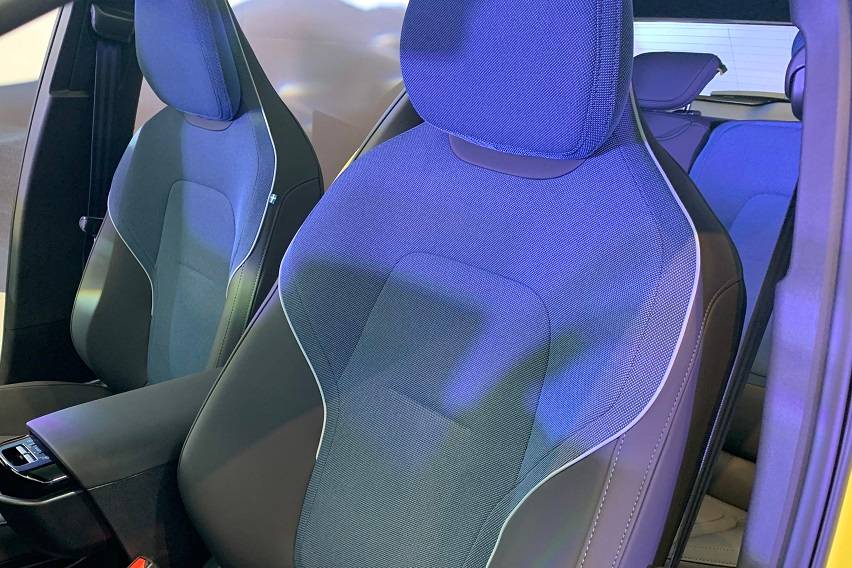 Photo by Juan Paulo Papa
Photo by Juan Paulo PapaAnd Volvo does not stop with Nordico. The brand turns discarded PVC window frames and roller shutters into small flakes by pulverizing them. The end product is used for the top surface of the marque’s so-called particle décor.
In addition, Volvo makes the most of discarded jeans. When these are shredded for recycling, the short fibers — which are usually thrown away — are rescued by the company and use them in its denim interior décor.
Here are other eco-friendly interior finishings used by Volvo:
|
Natural wool |
Made from 30 percent natural wool fiber, 70 percent recycled polyester |
|
Woven flax |
Derived from linseed plants; requires less water to grow, less energy to make, produces less emissions |
|
Wood interiors |
Responsibly sourced under Forest Stewardship Council standards |
Like Volvo, Mercedes-Benz also jumped onto the sustainable bandwagon.
The German company applies similar alternatives to its interior trims. As an example, the floor coverings of the Mercedes-Benz EQS are made using a nylon yarn that comes from recycled carpets and recycled fishing nets.
Windshields
Audi started a project back in 2022 where the company recycled windshield windows and used them in the Q4 e-tron series.
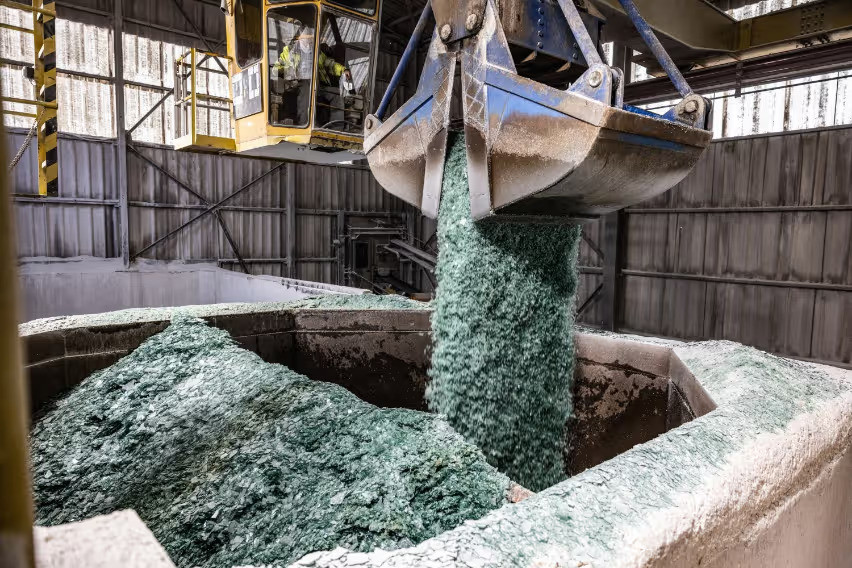 Photo from Audi
Photo from AudiPer Audi, the process followed the steps below:
- Windshields are broken into small pieces, all possible waste materials are removed
- Glass shards are made into plate glass
- Finished material is fitted into new car
To make the project happen, Audi teamed up with several companies such as Reiling Glas Recycling, Saint-Gobain Glass, and Saint-Gobain Sekurit.
Tires
Continental also dabbled in sustainable products with its UltraContact NXT.
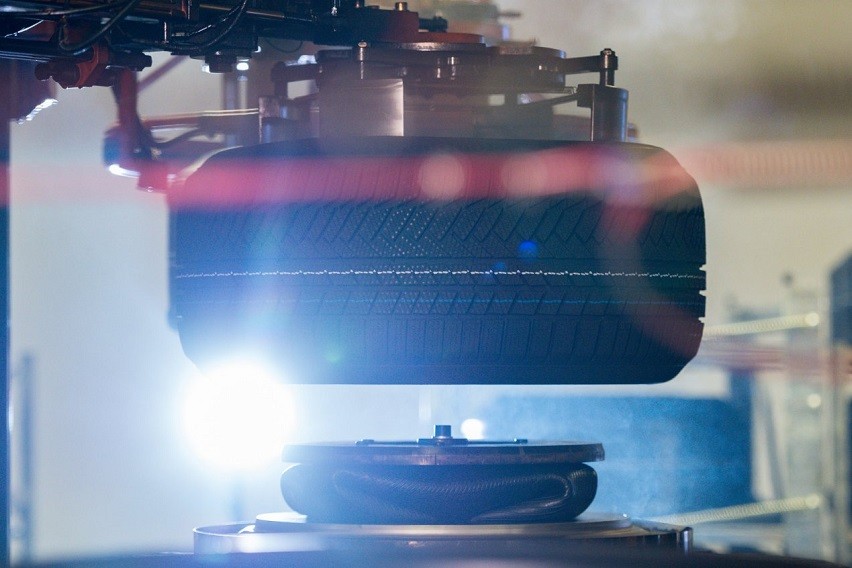 Photo from Continental
Photo from ContinentalAccording to the German tire company, the aforementioned product is made from up to 65 percent renewable, recycled, and mass balance-certified materials. The said materials — Continental pointed out — come from the following:
|
PET plastic bottles |
Used to reinforce the carcass |
|
Recycled steel |
Used to reinforce tire |
|
Rice husks |
Used to make silica |
|
Wood, paper resin |
Used to improve tire grip |
Also read:
Flying the flag: car logos that carry their country’s colors
LOL: 5 vehicles with funny names
Pedal peddlers: Auto brands that sold bikes
Connect with us through our various social media pages:
Facebook: https://www.
Instagram: https://www.
Sell your car at the best price
 Verified and genuine buyers
Verified and genuine buyers
Trending & Fresh Updates
- Latest
- Popular
You might also be interested in
- News
- Featured Stories
Featured Cars
- Latest
- Upcoming
- Popular
Latest Car Videos on Zigwheels

Car Articles From Carmudi
- journal
- advice
- financing
- insurance

